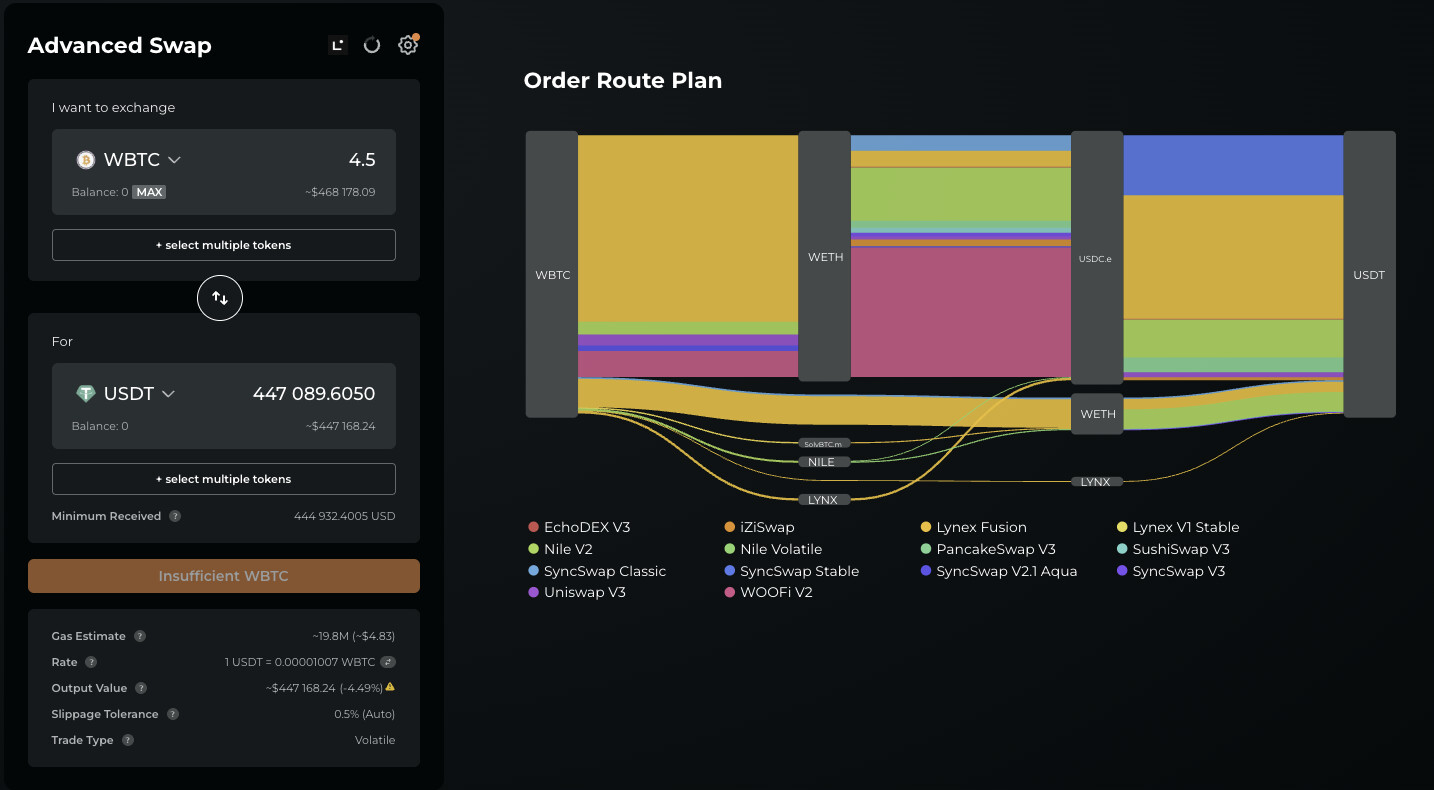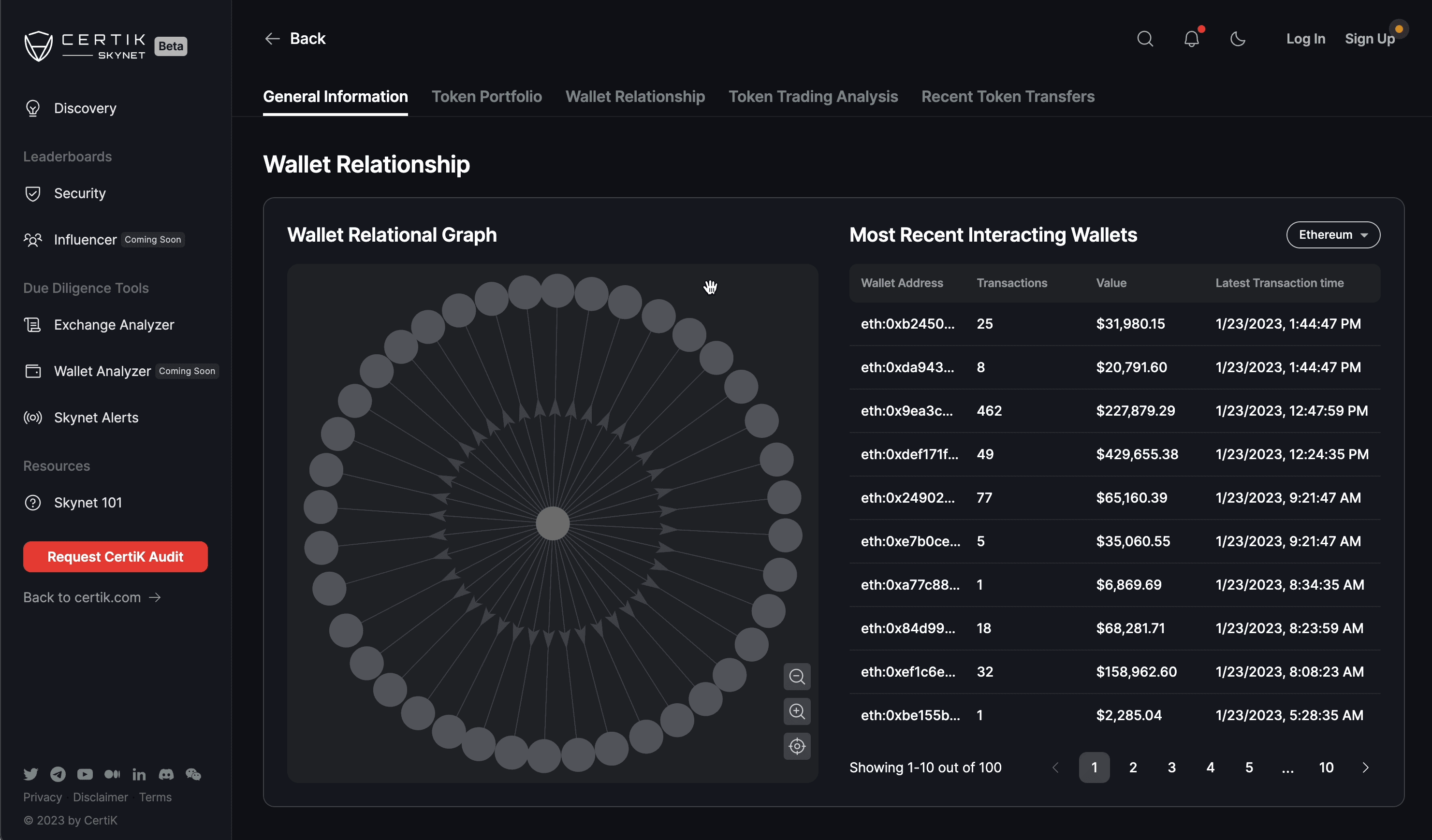
Amid the noise of DeFi yield farming and new token launches, understanding what actually drives sustainable returns is more critical than ever. In 2025, the debate between real yield and inflationary yield is at the heart of every serious DeFi investor’s strategy. Ampleforth’s elastic monetary layer stands out by addressing this distinction head-on, offering a blueprint for yield that isn’t just hype or token emissions.
Real Yield vs. Inflationary Yield in DeFi: Why It Matters
Real yield in DeFi refers to rewards generated from genuine, protocol-driven economic activity – think transaction fees, lending interest, or revenue sharing – not just printing new tokens. This is fundamentally different from inflationary yield, which is simply paid out by issuing more tokens. Inflationary rewards can look attractive short-term but often erode value as supply grows and prices stagnate or fall.
The market has caught on. Protocols touting “real yield” attract capital because they offer sustainable, transparent income streams in trusted assets rather than risky emissions. As highlighted by Kanga Exchange, real-yield protocols avoid excessive token inflation and reward users with stablecoins or blue-chip assets instead of speculative governance tokens.
Ampleforth’s Elastic Supply: The Foundation for Sustainable Yield
Ampleforth (AMPL) has pioneered an elastic supply mechanism that flips the script on traditional crypto economics. Instead of a fixed cap or constant inflation, AMPL’s supply rebases daily to target an inflation-adjusted price point. As of today, AMPL trades at $1.22, with recent price action ranging from $1.21 to $1.25 over 24 hours.
This rebasing ensures that your share of the network remains constant even as the number of tokens in your wallet fluctuates up or down with market demand. Unlike stablecoins pegged to fiat or volatile assets like ETH and BTC, AMPL aims to be a decentralized unit of account that maintains purchasing power over time – making it a compelling alternative for long-term holders looking to hedge against both volatility and fiat debasement.
The Rise of SPOT: Low Volatility Real Yield With Elasticity
The introduction of SPOT marks a new chapter for Ampleforth’s ecosystem and for DeFi at large. SPOT is not pegged to $1 but hovers around the value of 1 AMPL ( and/- funding rate incentives), adjusting over time with inflation (source). It’s designed as a low-volatility asset (LVA) – essentially a flatcoin – that offers stability without relying on centralized collateral or algorithmic pegs vulnerable to depegging events.
What sets SPOT apart? It provides access to real yield without traditional staking lockups while being scalable, durable, and resistant to inflation shocks (source). For example, factoring in a 6.4% YoY inflation rate, staked SPOT holders are netting yields north of 10% versus fiat currencies according to recent Medium analysis.
Elastic Vaults and EEFI: Unlocking Real Yield Streams
The Elastic Vault is where Ampleforth’s vision for sustainable DeFi rewards comes alive. By staking AMPL in the vault, users earn EEFI – an asset expressly designed to capture protocol-generated real yield from activities like liquidity provision and fee sharing across DeFi strategies (details here). This approach aligns incentives between users and protocol growth while keeping yields transparent and rooted in actual economic output rather than endless token printing.
Ampleforth (AMPL) Professional Price Prediction Table (2026–2031)
Forecast Based on Elastic Supply Model, Real Yield Innovation, and DeFi Market Trends
| Year | Minimum Price (Bearish) | Average Price (Base Case) | Maximum Price (Bullish) | YoY % Change (Avg) | Key Scenario Insights |
|---|---|---|---|---|---|
| 2026 | $1.14 | $1.28 | $1.40 | +4.9% | Steady DeFi growth, AMPL’s elastic supply mechanism maintains stability, moderate APY attracts new users |
| 2027 | $1.10 | $1.33 | $1.55 | +3.9% | Global DeFi adoption rises, flatcoin narrative boosts SPOT/AMPL demand, minor regulatory headwinds |
| 2028 | $1.08 | $1.39 | $1.70 | +4.5% | Integration with more DeFi protocols, EEFI/Elastic Vault gains traction, competition increases |
| 2029 | $1.05 | $1.45 | $1.85 | +4.3% | Macro-economic inflation renews interest in inflation-resistant assets, USDaf/AMPL pairings grow |
| 2030 | $1.03 | $1.52 | $2.05 | +4.8% | Ampleforth technology upgrades, real yield narrative peaks, increased institutional interest |
| 2031 | $1.00 | $1.60 | $2.25 | +5.3% | Global acceptance as DeFi collateral, regulatory clarity, elastic model proves resilient across cycles |
Price Prediction Summary
Ampleforth (AMPL) is forecasted to show modest but stable price appreciation through 2031, reflecting its unique elastic supply, focus on real yield, and growing DeFi adoption. While volatility is lower than most crypto assets, bullish scenarios could see prices approach $2.25 if DeFi and flatcoin narratives gain global traction. Bearish cases see AMPL maintaining value near or just below current inflation-adjusted levels, proving its resilience as a decentralized unit of account.
Key Factors Affecting Ampleforth Price
- Elastic supply mechanism keeps AMPL’s price near inflation-adjusted targets, limiting extreme volatility.
- Rising adoption of DeFi and flatcoins (SPOT, USDaf) increases AMPL’s utility as a collateral and store of value.
- Real yield mechanisms (EEFI, Elastic Vault) attract sustainable, long-term capital and differentiate AMPL from inflationary tokens.
- Regulatory clarity and acceptance of decentralized stable assets could boost institutional adoption.
- Technological improvements and protocol integrations expand AMPL’s use cases across DeFi ecosystems.
- Competition from other flatcoins and stablecoins may limit upside if AMPL fails to maintain innovation pace.
Disclaimer: Cryptocurrency price predictions are speculative and based on current market analysis.
Actual prices may vary significantly due to market volatility, regulatory changes, and other factors.
Always do your own research before making investment decisions.
This model stands out in today’s climate where many protocols still rely on unsustainable emissions just to attract TVL (total value locked). Ampleforth’s elastic monetary layer is built for resilience – not just bull market speculation.
SPOT’s design as the world’s first decentralized Low-Volatility Asset (LVA) is a deliberate response to the shortcomings of both traditional stablecoins and speculative tokens. By leveraging AMPL’s elastic supply, SPOT maintains purchasing power and minimizes volatility without artificial pegs or centralized backstops. This makes it an ideal collateral primitive for DeFi builders and a robust store of value for yield stackers seeking stability with upside.

For users, this means that providing liquidity for SPOT or holding staked SPOT can generate consistent, inflation-resistant returns. Unlike protocols that pay out rewards in high-risk governance tokens destined for sell pressure, Ampleforth’s approach delivers real yield in assets designed to hold value through market cycles. With current APYs above 10% (after adjusting for inflation), SPOT is rapidly gaining traction among DeFi power users looking to optimize risk-adjusted returns.
Comparing AMPL, SPOT, and EEFI: Which Real Yield Path Fits Your Strategy?
Each asset in the Ampleforth ecosystem serves a unique purpose in the pursuit of sustainable DeFi rewards:
AMPL vs. SPOT vs. EEFI: Yield-Focused Investor Guide
-

AMPL: Elastic supply token that targets an inflation-adjusted price (currently $1.22). AMPL holders experience daily rebasing—wallet balances change, but proportional network ownership stays constant. No direct yield: returns are based on price appreciation and supply changes, not from protocol fees or staking rewards.
-

SPOT: Low-volatility, inflation-resistant asset designed to hover around the value of 1 AMPL (now $1.22), but not pegged to $1. Offers real yield (recently 10.44% APY vs. fiat) via protocol incentives and funding rates, with minimal price swings and strong inflation resistance. Ideal for stable, passive returns without exposure to high volatility.
-

EEFI: Elastic Finance Token earned by staking AMPL in the Elastic Vault. Captures real yield from protocol fees and DeFi strategies, distributing sustainable rewards to stakers. EEFI aligns incentives for active participants and is designed for higher, sustainable APY compared to inflationary emissions.
AMPL is the foundational elastic unit of account – ideal for those who want exposure to a decentralized money that tracks purchasing power over time. SPOT, on the other hand, is optimized for stability and low-volatility yield stacking without staking lockups. EEFI is your ticket to protocol-driven real yield streams via Elastic Vault participation.
This diversity enables sophisticated strategies: stack yields by combining AMPL accumulation with SPOT stability and turbocharge returns with EEFI vault rewards. It’s a modular toolkit built for dynamic market conditions.
“The next phase of DeFi isn’t about chasing unsustainable emissions, it’s about building resilient portfolios anchored by real economic activity. ”
What’s Next? The Outlook for Ampleforth’s Elastic Monetary Layer
The current AMPL price at $1.22 reflects steady demand as more participants recognize the value of elastic assets amid fiat devaluation and unstable crypto markets. As protocols like Ampleforth continue refining their elastic monetary layers, expect further innovation around flatcoins, inflation-resistant stablecoins like USDaf, and cross-chain integrations that expand access to real yield opportunities (learn more).
The bottom line? In 2025’s crowded DeFi landscape, sustainable returns are reserved for protocols with transparent economics and genuine value creation. Ampleforth’s ecosystem, anchored by AMPL, SPOT, EEFI, and Elastic Vaults, offers data-driven investors an edge: resilient real yield that isn’t at the mercy of runaway emissions or fragile pegs.






